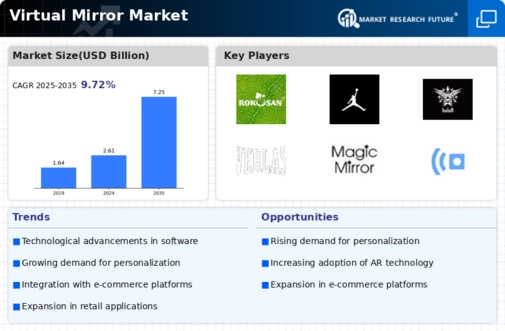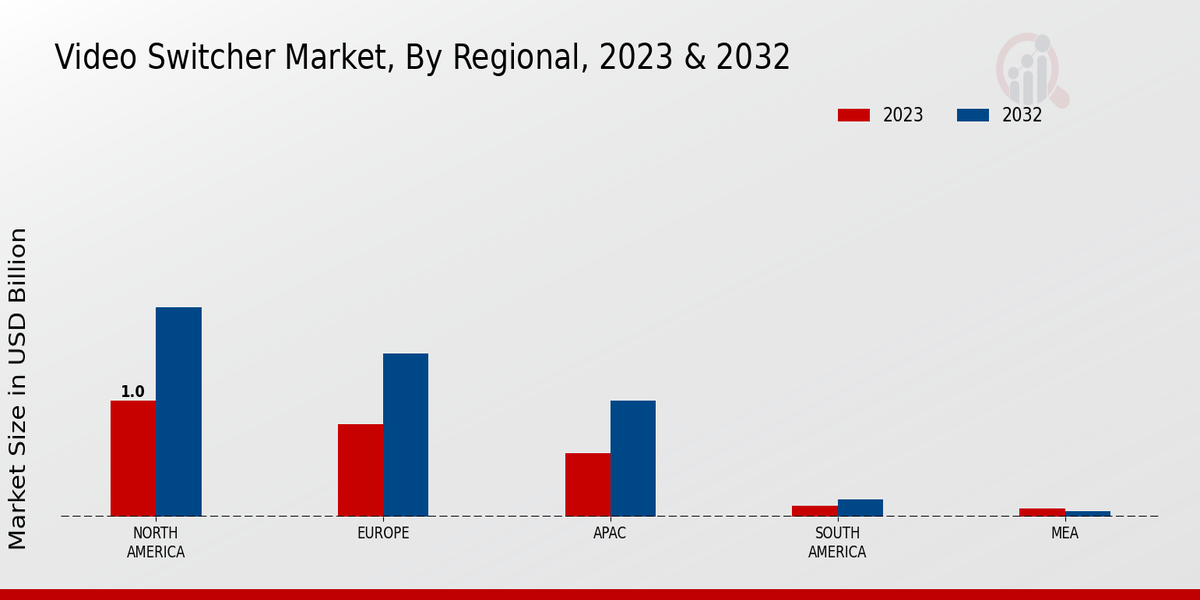The Virtual Mirror Market has seen significant growth in recent years, driven by technological advancements and consumer demand for interactive digital experiences. As businesses increasingly recognize the potential of virtual mirrors to enhance customer interaction through personalized experiences, competition in this sector has become fierce.
Companies are innovating rapidly to implement augmented reality features that allow users to visualize products such as clothing, cosmetics, and accessories without physical trials. This market is characterized by the emergence of both established players and new entrants, each striving to differentiate themselves through product quality, technology, and user experience.
The ongoing development in artificial intelligence and machine learning is expected to further shape competitive dynamics, making the market a focal point for businesses aiming to capitalize on new revenue streams and consumer preferences. Rokos has established a strong presence within the Virtual Mirror Market, leveraging its innovative technology and user-centric design.
The company's strength lies in its ability to create highly customizable virtual mirror experiences that cater to diverse consumer needs across various retail sectors. Its cutting-edge augmented reality capabilities enhance the shopping experience, allowing users to see themselves with different outfits or makeup options seamlessly.
Rokos is known for its commitment to high-quality graphics and smooth user interactions, ensuring an engaging experience for customers.
Furthermore, the company has formed strategic partnerships with leading fashion and beauty brands, amplifying its reach and enhancing its market influence. Rokos's focus on continuous improvement and adoption of emerging technologies positions it favorably against competitors in the dynamic landscape of the virtual mirror industry.
iMirror is another notable player in the Virtual Mirror Market, recognized for its innovative approaches and robust solutions tailored for retail applications. The company excels in integrating smart technology with user-friendly interfaces to deliver immersive experience for consumers.
iMirror's strength lies in its versatility, as its virtual mirrors are employed in various environments, from clothing stores to salons. The company's emphasis on real-time feedback and interaction transforms the shopping process, allowing customers to experiment with different styles effectively.
Additionally, iMirror is committed to delivering high-quality products that integrate seamlessly into existing retail setups, which enhances their appeal to shop owners looking for integrated solutions.
By consistently investing in research and development, iMirror remains at the forefront of technological advancements in the virtual mirror market, solidifying its competitive stance and catering to the evolving demands of consumers and retailers alike.










